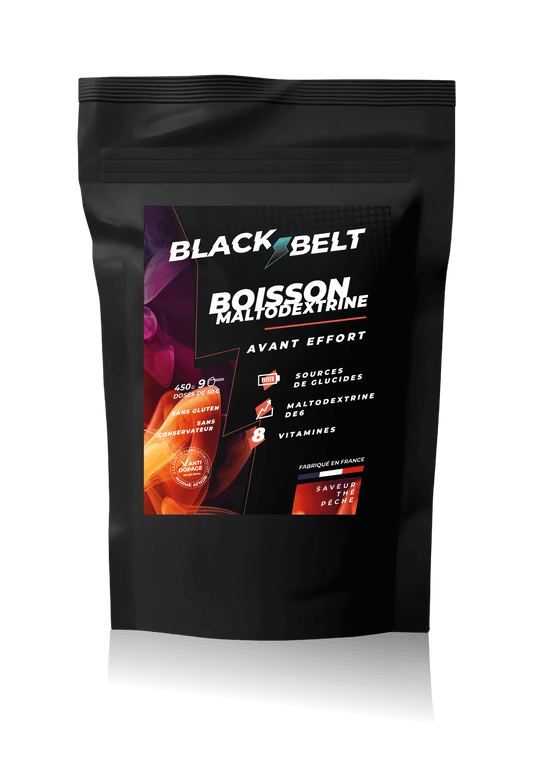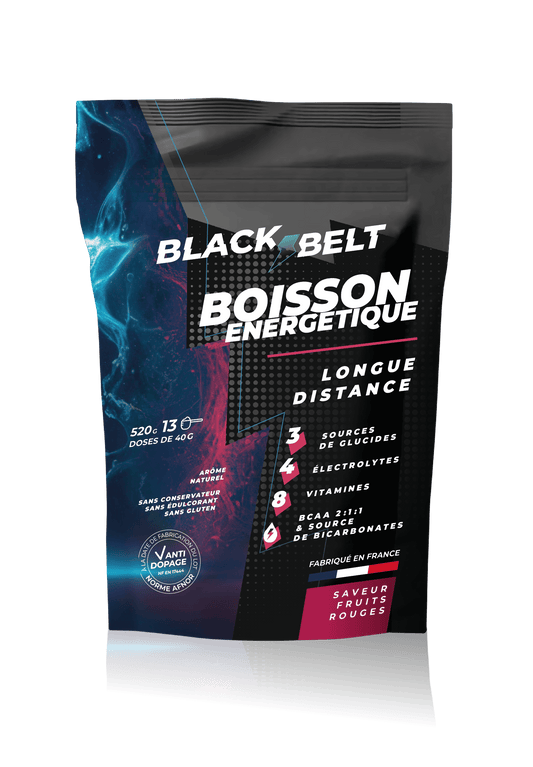
Share
From Road to Trail: How to Successfully Transition to Trail Running
Transitioning from road running to trail running is a real challenge for many runners. While road running is characterized by smooth, predictable surfaces, trail running requires adaptation to varied terrain, significant elevation changes, and a different running technique. In this article, we offer practical tips and strategies to help you make the transition smoothly, both physically and mentally, and transform your passion for running into an adventure full of discovery.
Understanding the Differences Between Road Running and Trail Running
Land and environment
• Road Racing: Tarmac provides a consistent and predictable surface. The impact is even, allowing for a steady pace.
• Trail: Trails are often uneven, with rocks, roots, and unpredictable climbs/descents. This requires more stability and agility, and places different demands on muscles.
We recommend working on proprioception, especially in your ankles, to avoid sprains and falls. Trail running terrain can be full of roots or slippery surfaces, and injuries are common.
Proper balance and flexibility of the ligaments, tendons, and soft tissues around the joint can prevent injuries. Focus on proprioception board exercises, leg stretching, ankle and foot mobility, and nutrition specifically designed to strengthen joints.
Running techniques and posture
• On the road: Technique focuses on cadence and speed. Posture is generally more upright to optimize stride.
• Trail running: Trail running requires a slightly forward-leaning position, constant awareness of obstacles, and rapid adaptation to changes in terrain.
Our advice: If you're used to road time trials, forget it! In trail running, the primary goal is to finish the race! Solidarity and good humor are the order of the day, and the time is not the priority! You'll see that switching from road running to trail running is also a change of mindset!
Specific equipment
• Shoes: Trail running shoes offer better grip and a more robust sole to handle rough terrain.
• Accessories: A hydration belt, trail poles (for some mountain races), and clothing suitable for variable weather conditions are often necessary.
You shouldn't be afraid of getting dirty and dirtying your equipment. Trail running also involves water and mud. Get used to running in these conditions, sometimes on slippery ground, and require different equipment. Moving from road to trail running requires preparation .

Adapt your training to succeed in the transition
Change your training program
To move from road to trail running, it is crucial to gradually integrate trail outings:
• Mixed sessions: Start with short trail runs, then gradually increase the distance. Alternate with road workouts to maintain your speed.
• Hill Training: Work on uphill and downhill runs to strengthen your stabilizer muscles and improve your downhill technique.
• Proprioception and agility: Incorporate core strengthening and stability exercises (e.g., core strengthening, jumping, balance exercises) to better manage uneven terrain.
Importance of recovery
Varied terrain and intense effort on trails lead to increased muscle fatigue.
• Active recovery: Include active recovery sessions such as walking or light cycling.
• Proper nutrition: Remember to eat foods rich in protein and carbohydrates after your workouts, and to hydrate well to help your muscles recover.
Blackbelt has rightly established itself as the specialist in running recovery, with its innovative shower gel and cream, as well as its dietary supplements. See the range

Adapt your nutrition for trail running rather than road running
Don't be fooled by the distances you've already run on roads. 10 km on flat ground isn't the same effort as 10 km with 1,200 m of elevation gain and bumps in the road! And if you're already running marathons, be lenient on your first trail distances.
We recommend starting with a short 13km trail with an 800m elevation gain. This is a good test for your first trail, even if you're a regular road runner. Adapt based on your results and your comfort level, but always work gradually.
Before the effort
• Pre-race meal: Choose a light meal rich in complex carbohydrates (pasta, brown rice, whole-grain bread) 2 to 3 hours before your run to maximize your energy reserves without weighing down your stomach.
• Hydration: Drink an electrolyte drink to start your workout well hydrated, especially if you're trail running in hot or humid environments.
During the effort
• Regular refueling: Plan breaks to consume gels, energy drinks, or dried fruit. In trail running, hydration and carbohydrate intake must be managed more flexibly depending on the terrain.
• Adaptability: Listen to your body and adjust the frequency of your refreshments depending on the difficulty of the course and how you feel.
After the effort
• Fast Recovery: Immediately after your run, consume a recovery drink rich in carbohydrates and protein to replenish your stores and promote muscle repair.
• Anti-inflammatory diet: Incorporate foods rich in antioxidants, such as berries and green vegetables, to reduce inflammation and speed recovery.
Practical tips
• Plan hybrid training rides that incorporate both road and trail sections to get your body used to varying paces.
• Use tracking apps to measure your performance and adjust your sessions based on feedback.
• Join local clubs or trail groups to gain community support and share your tips.
We also recommend including slopes and bumpy routes in your training to work on your efforts and ground support differently.
Interval training on slopes is a great tool for transitioning from running to trail running , and training on hills is a real topic.

Conclusion for moving from road running to trail running
Transitioning from road running to trail running is an exciting challenge that requires both physical and mental adjustment. By gradually incorporating trail runs, adapting your equipment, and reviewing your nutrition strategy, you can fully leverage your training's potential.
Adopting these strategies will not only allow you to improve your performance on varied terrain, but also to fully enjoy the unique experience that trail running offers, with its natural landscapes and technical challenges.
So, take the time to plan your transition, test your strategies during training, and let yourself be inspired by the adventure of trail running. Every stride on a trail is a new opportunity to push your limits and experience unforgettable moments.
So ready to move from road to trail?
































